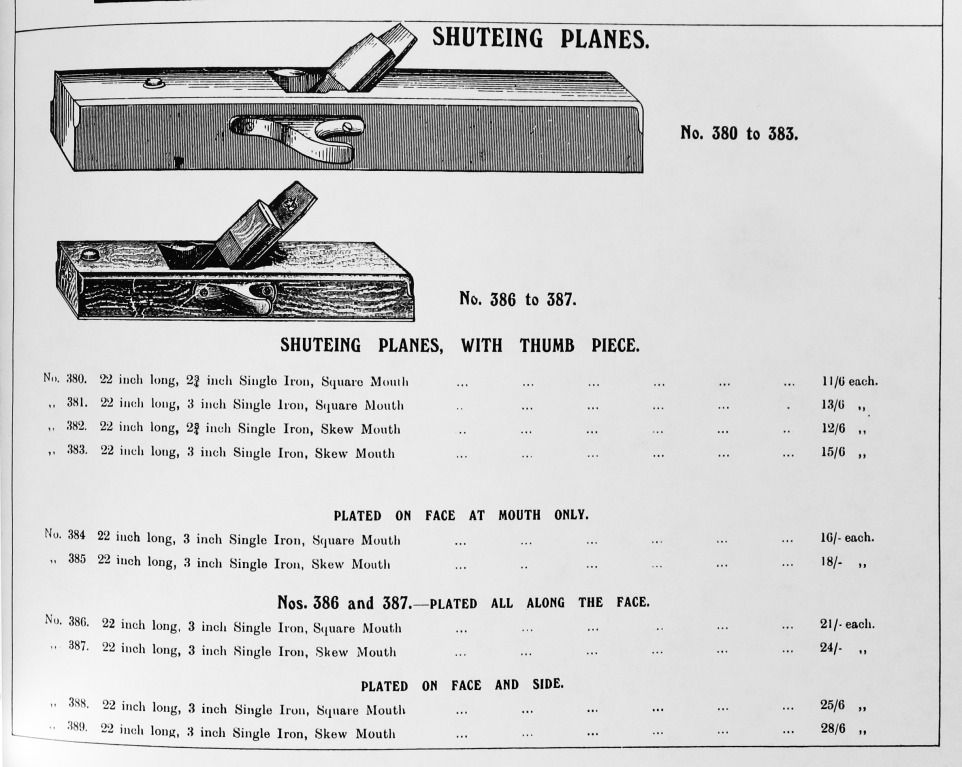I am looking for advice on the most suitable plane for using on a shooting board. I am looking to shoot end grain both straight across and mitred, and box mitres on a donkey's ear. Workpiece size in the region of max 150mm wide and probably 10-20mm thick.
I do not have a huge number of planes. A 3, 5 and 7, a wooden badger plane, and a couple of wooden jointers. I don't mind buying something if needed but don't want to spend a fortune (a dedicated shooting plane is out of the question at the moment and I don't really want to spend on the veritas bevel up range). I was looking on eBay for a
I am asking now, before I build the board incase it has a bearing on the design. In a way, I would rather have a plane that is dedicated to the board, so that I can add a handle etc. in this respect, I would have thought that a woodie would be easiest to square up and modify.
Thanks
Mark
I do not have a huge number of planes. A 3, 5 and 7, a wooden badger plane, and a couple of wooden jointers. I don't mind buying something if needed but don't want to spend a fortune (a dedicated shooting plane is out of the question at the moment and I don't really want to spend on the veritas bevel up range). I was looking on eBay for a
I am asking now, before I build the board incase it has a bearing on the design. In a way, I would rather have a plane that is dedicated to the board, so that I can add a handle etc. in this respect, I would have thought that a woodie would be easiest to square up and modify.
Thanks
Mark



































